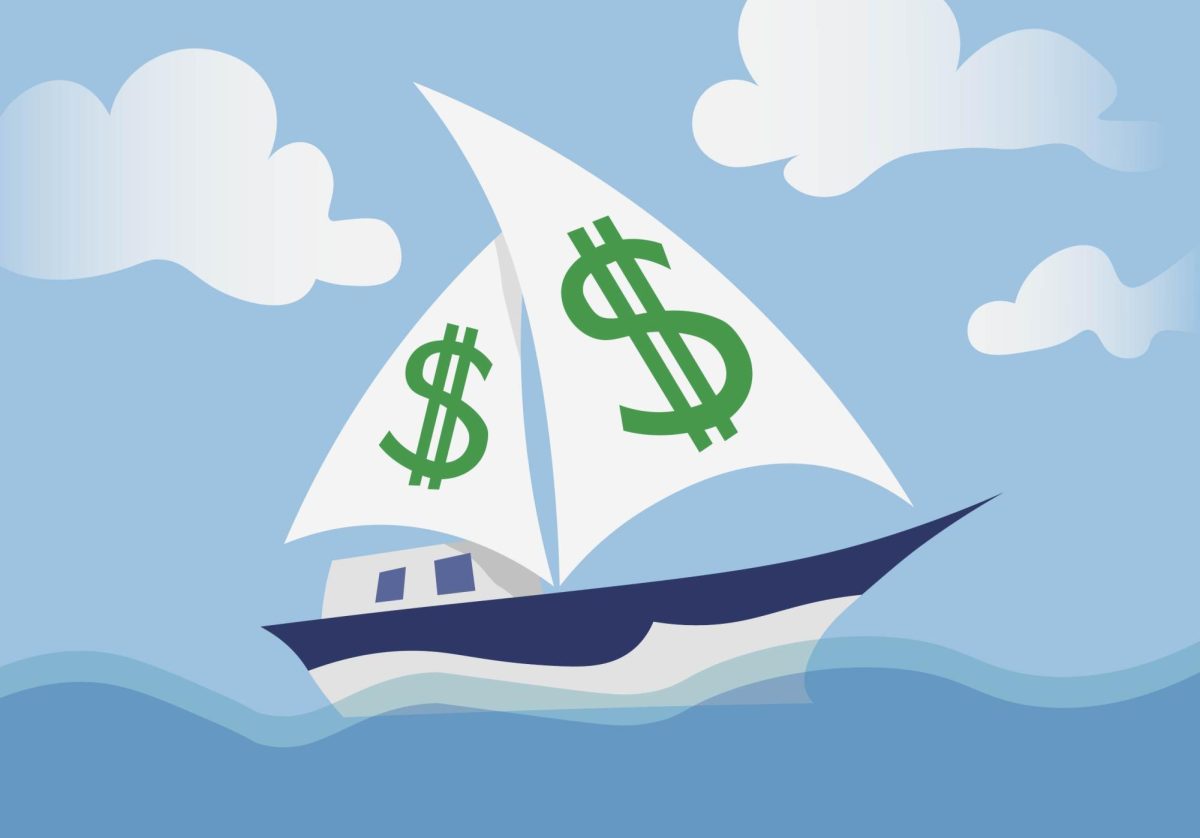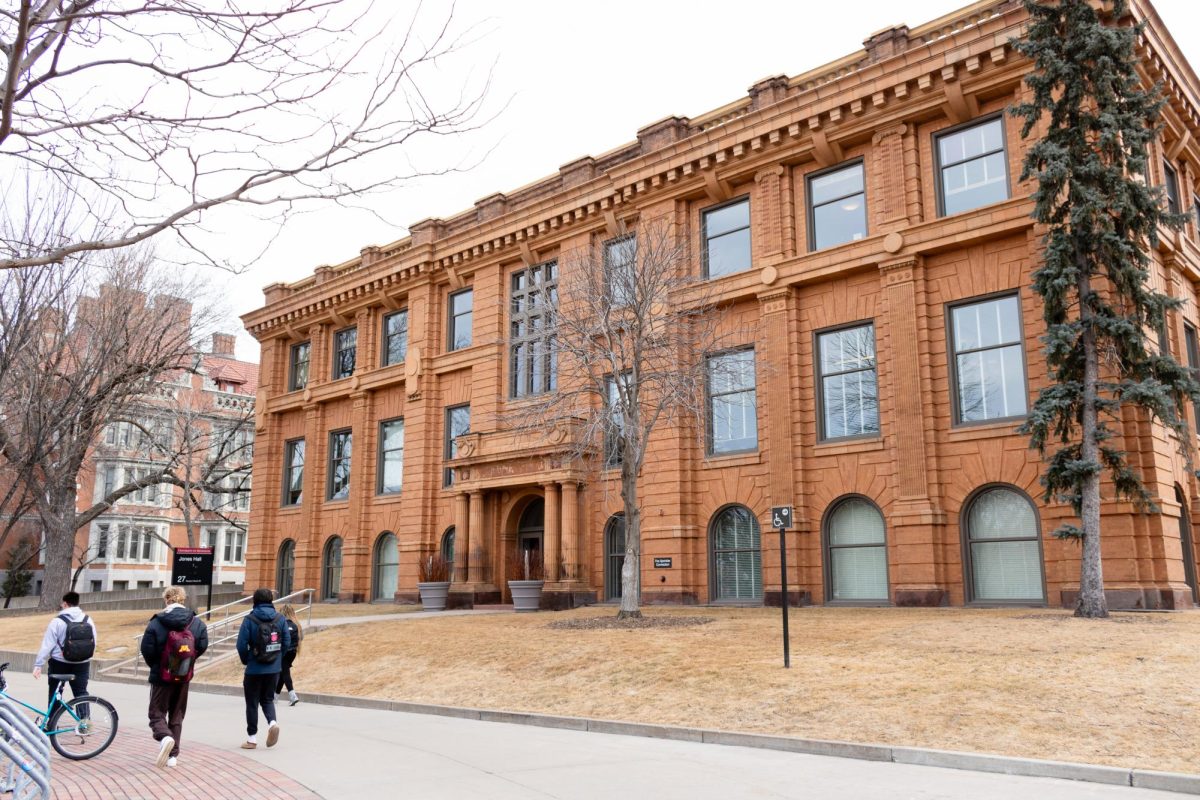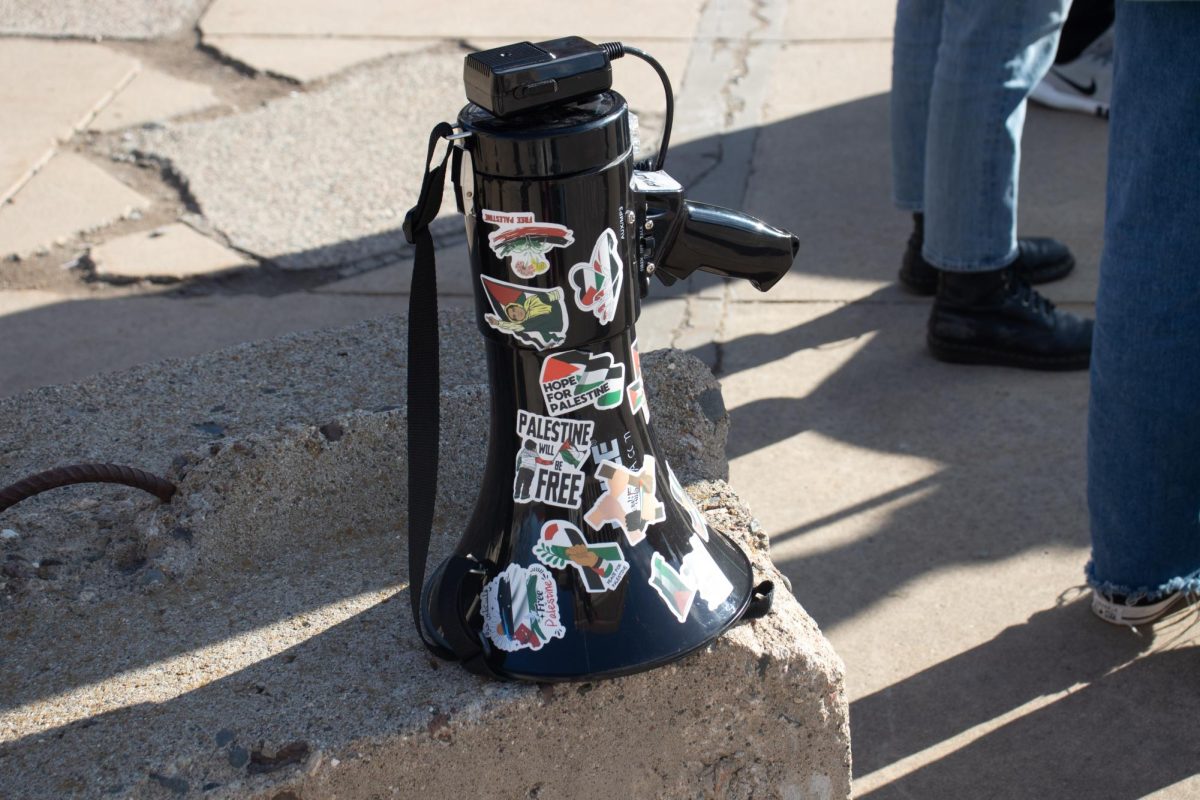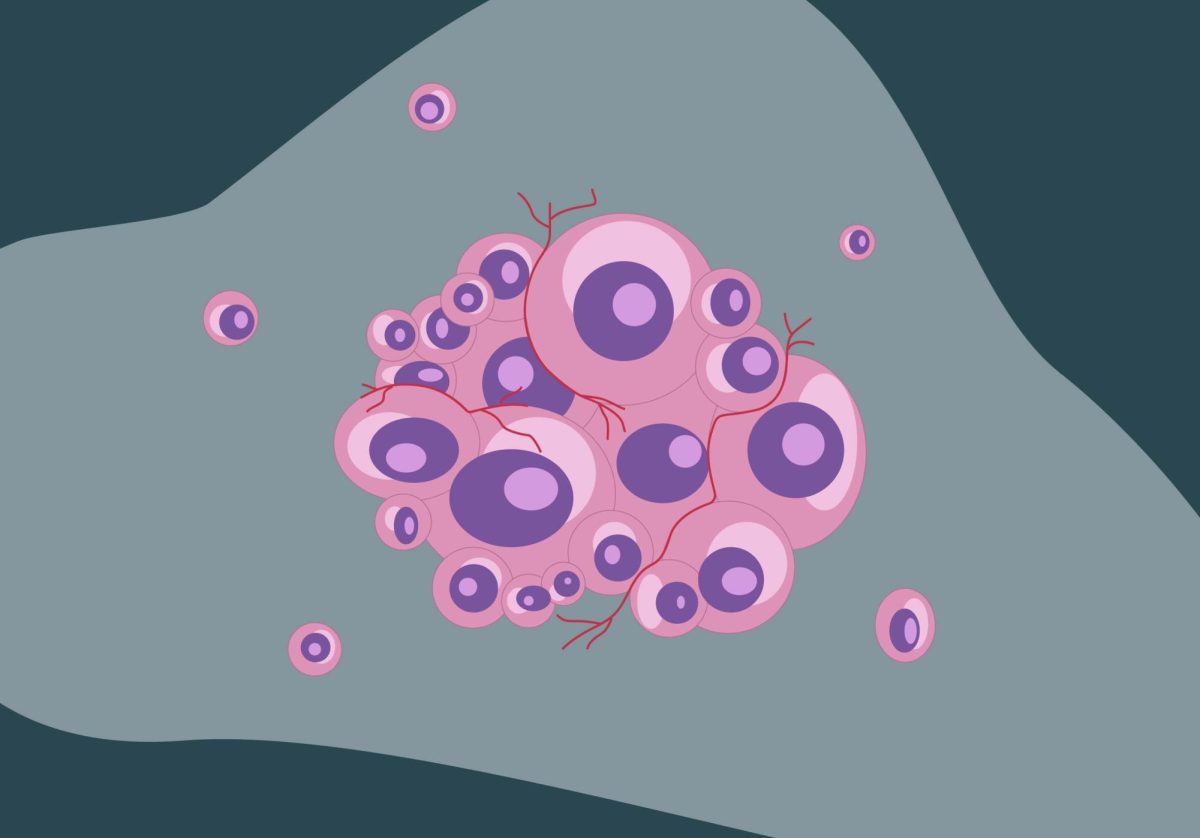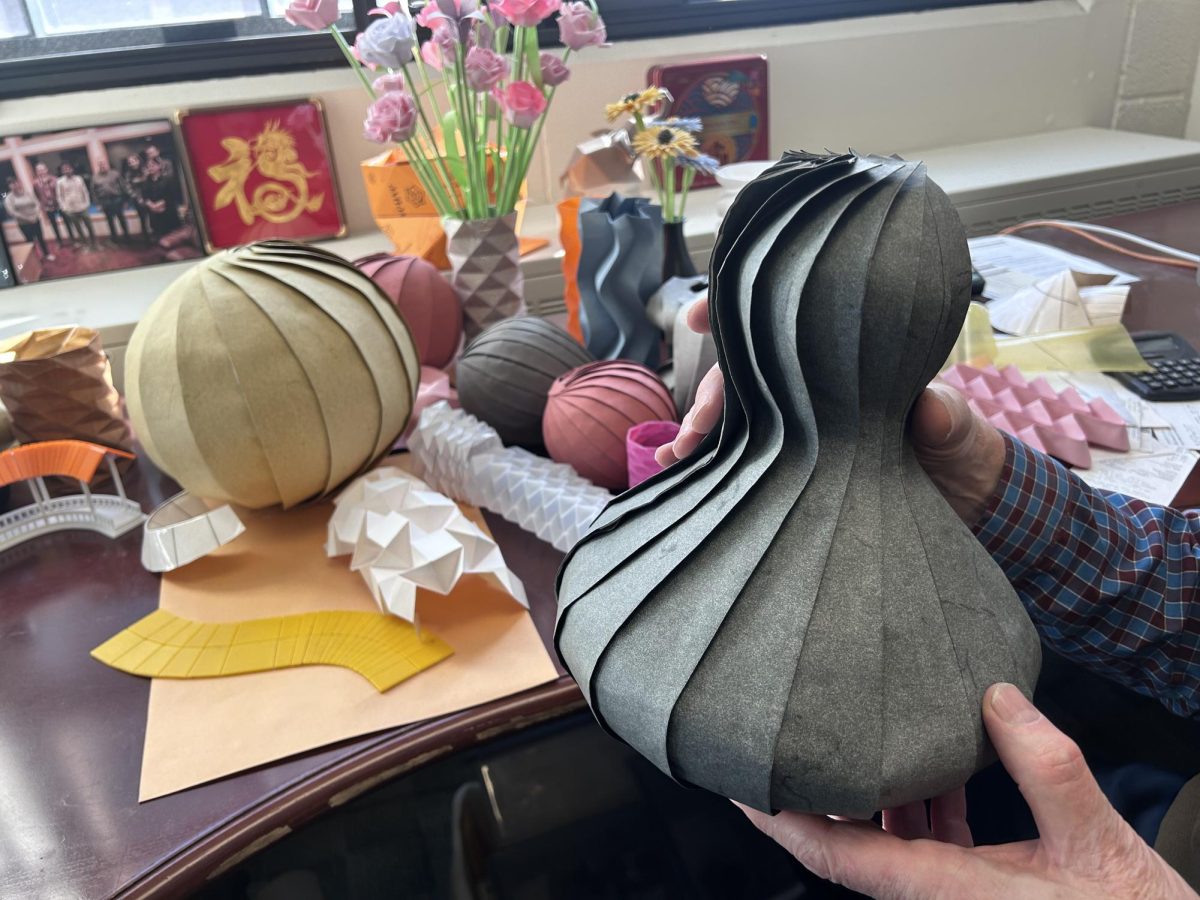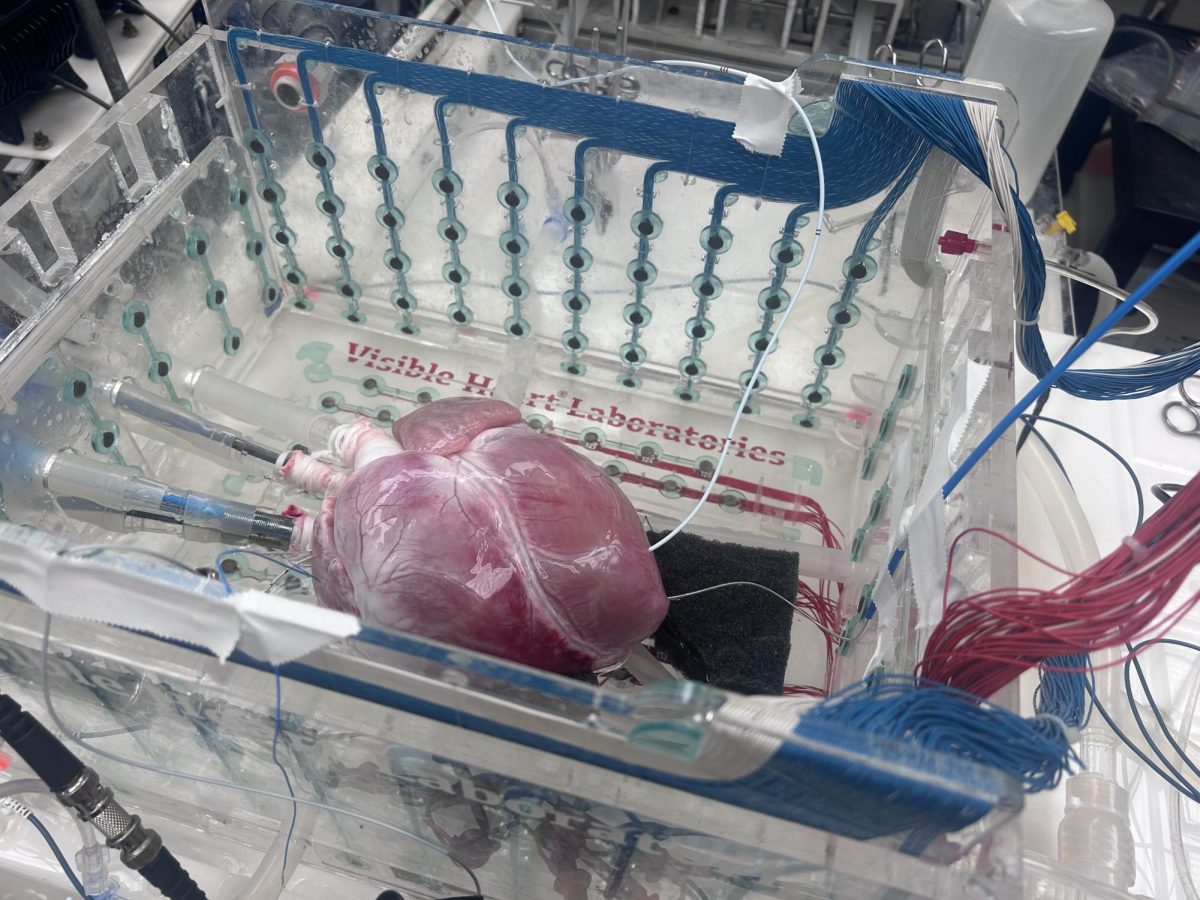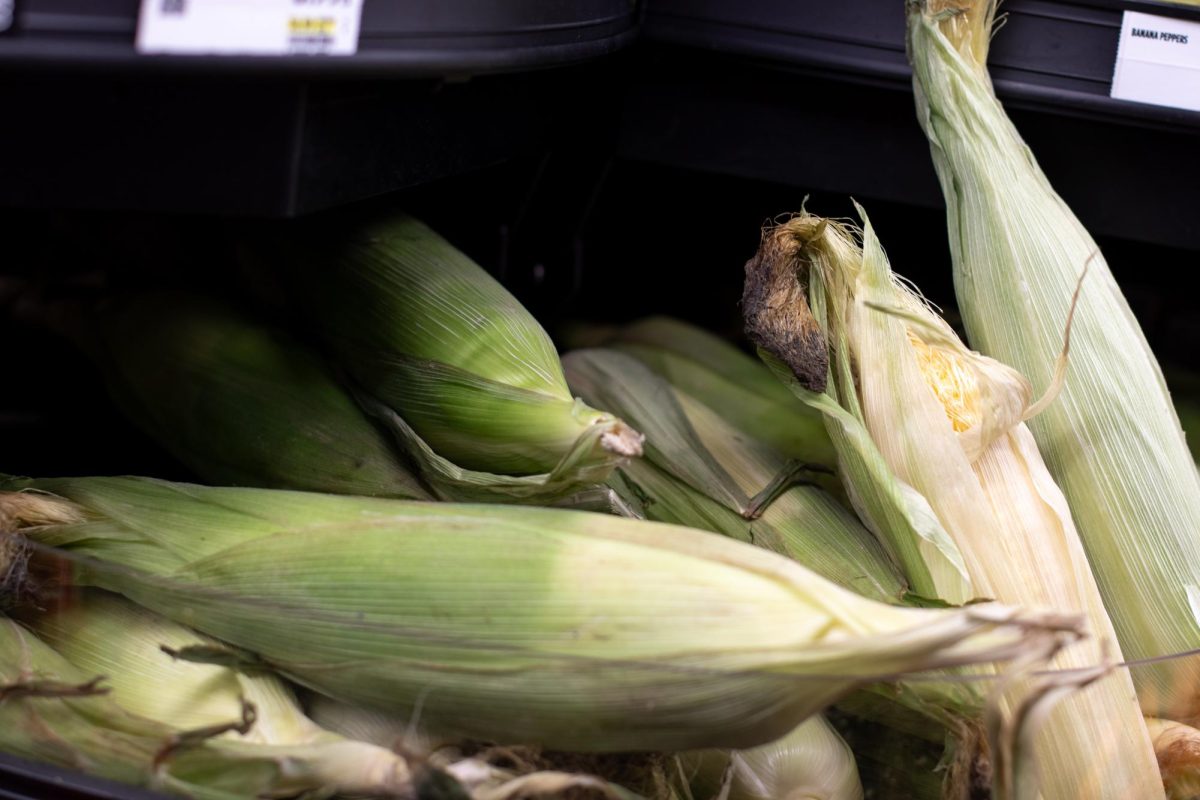The award granted to a University of Minnesota research team by the U.S. National Science Foundation (NSF) on Jan. 29 aims to address water pollution in the Great Lakes region.
The team from Great Lakes ReNEW is focused on creating an engine that can help remove waste from the Great Lakes region to decrease the impact of pollution on Minnesota waterways.
Tianhong Cui, a co-lead of the University of Minnesota team, said the group initially proposed two projects to compete for the funding. The first project was a penny-sized, low-cost sensor that can be put in water to detect pollutants, like mercury and arsenic.
Jeffrey Peterson, the director of the Water Resources Center at the University and co-lead, said the second project was made to extract nutrients, like phosphorus and nitrogen, in wastewater and create fertilizer.
The project has a 10-year horizon with a two-year startup period, Peterson said. At the end of two years, the NSF is going to evaluate the engine process to determine if the funding will continue to funnel for another eight years.
“We are very happy to get the funding because it is very competitive,” Cui said. “It is the largest single project that the United States has ever funded.”
There are 10 teams involved in the process, each creating their own engine to be evaluated based on criteria by the NSF, according to Peterson.
“The process of creating these technologies and the innovation that we’re going to do will itself create innovation that leads to new job opportunities,” Peterson said. “It can lead to a lot of strong economic development in the Great Lakes Region.”
Water is vital to the Great Lakes region but several lakes and rivers are heavily polluted, Cui said. The problem is there are no low-cost sensors on the market to help. The goal of the project is to make sensors commercialized so everyone can access them and help detect pollution, according to Cui.
Over time lakes can become filled with algae that makes the water less clear due to fertilizers being used on nearby grasses, Cui said. Working on new technologies is vital in developing a product that can detect and remediate, even when it comes to drinking water, Cui added.
Terrence Simon, a member of the University team focusing on heat and mass transfer, said what makes this project so special is the team’s history together.
“We had a track record of papers, patents and devices … we were able to show that we have worked together and can work together and can get things done,” Simon said.
Each year more than 22 million pounds of plastic end up in the Great Lakes, according to the Alliance for the Great Lakes webpage.
“Being able to monitor the water and identify regions that need to have treatment done is important for a state like Minnesota which has over 10,000 lakes,” Simon said. “We are kind of geeks when it comes to being able to develop new devices.”
The main challenge in this new project is for each member involved, the model is completely new, Peterson said. The team leading the efforts is Chicago-based, so putting ideas together and combining them in the right way was a challenge.
It is the 60th anniversary of the Water Resources Research Act, which gave a charge from Congress to create centers to address water issues, Peterson said. Creating this engine enables future engagement to continue making change.
“We live here and our families live here,” Simon said. “We want to do all we can to improve the environment. That’s one of our core passions in this all.”


